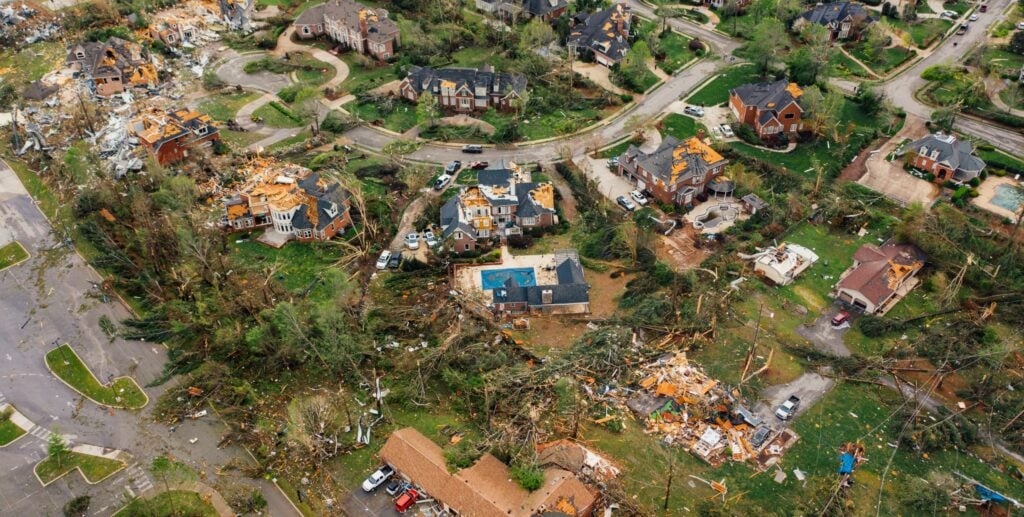Time for your cheat sheet on this week’s top stories.
Canadian Real Estate
Bank of Canada Rate Cut Is Driving Mortgage Costs Higher
Canadians looking forward to cheaper debt from mortgages may be a little disappointed. Earlier this week, the Bank of Canada (BoC) slashed its key policy rate by 0.25 points to 2.75%, hoping to stimulate demand. However, only variable-rate mortgages are impacted by the overnight rate. More popular (and generally cheaper), fixed-rate mortgages are based on bond yields. Those yields didn’t fall in response to the cuts, but actually climbed higher as inflation expectations increased. With CPI set to hit the upper bound of inflation tolerance, the central bank may be forced to hike even more than it cut—undermining its progress.
Canada’s Next PM Working w/Vancouver “Condo King” On Foreign Investment
The ink’s barely dry on the appointment of Canada’s newest Prime Minister, but he may have big plans for real estate. Rob Rennie, the politically connected “Condo King” of Vancouver, mentioned in an interview that he’s working with the PM. He revealed the two are considering a plan that would see the country’s state-backed mortgage insurer facilitate foreign investment to create rental apartments. Using taxpayer resources to support foreign real estate investment because the value of housing is so high that we can’t support it domestically. What can go wrong?
Canadian Households Are Stable, But Rate Cuts Won’t Offset Downside: BMO
One of Canada’s largest banks sees household credit indicators improving. Higher rates helped to throttle borrowing, while the recent lowering has improved debt servicing costs. However, BMO capital markets see the improvements as short-lived. While the BoC rate-cuts will help in the short-term, it will stimulate household leverage, and still won’t be enough to mitigate downside risks.
Canadian Household Net Worth Is Soaring—But So Is Inequality
Canadian households saw their collective net worth rise to $17.5 trillion in Q4 2024. The improvement closed the year out with all 4 quarters rising, with 2024 marking the biggest growth since 2021. The growth was driven by slowing credit and rising productive wealth, but that might change soon. Low rates help to boost the value of financial assets, such as stocks and bonds. The top 20% of households now hold 68% of all financial assets, a share that’s been growing since easing returned—meaning they’re set to capture most of the boom. That’s not surprising since central bank research shows that every low rate shock transfers a greater share of assets to wealthier households.
Bank of Canada Cuts Rates Despite Expecting A Big Inflation Jump
Bank of Canada (BoC) cut rates to the surprise of many commercial banks. The central bank’s mandate is to manage inflation, which it warned is now approaching the upper bound of tolerance. Despite this warning, it chose to slash interest rates—a move it typically does when it needs to grow inflation. The BoC is traditionally data-dependent, but since 2020 has taken the approach of trying to guess the impact of headwinds. In other words, it didn’t learn from its mistakes from the pandemic that resulted in soaring inflation.
Canadian Wages Are Still Growing Much Faster Than Usual: BMO
Tariff talks have been so consuming that many people don’t realize they’re actually doing great. A new report from BMO Capital Markets shows household income ripped higher in Q4 2024. Annual growth is tapering, but its still progressing faster than usual. Those confused by the data should keep in mind this data contains a bias to those with a job. By itself, the data is great. When taken in the context of the rising population of unemployed and “non-participant” workers, it’s little comfort.



















 English (US) ·
English (US) ·